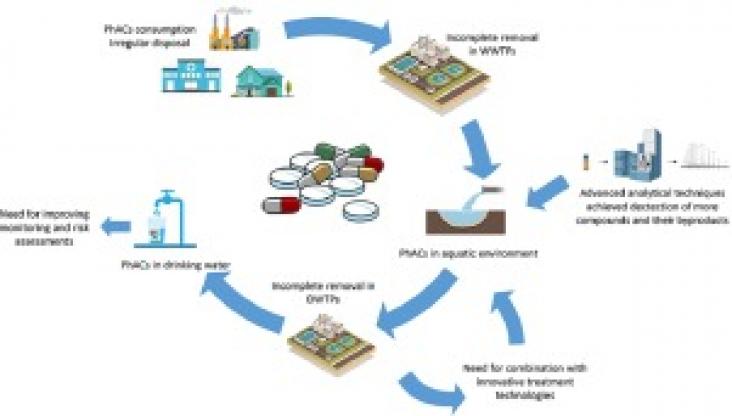Microbial Consortium and Biotransformation for Pollution Decontamination, Volume 1, 1 January 2022
Microbial Consortium and Biotransformation for Pollution Decontamination, Volume 1, 1 January 2022
Junyu Zhang, Dafang Fu, Chris Zevenbergen, Moving Towards Water Sensitive Cities: A Planning Framework, Underlying Principles, and Technologies—Case Study Kunshan Sponge City, Encyclopedia of Inland Waters (Second Edition), Elsevier, 2022, Pages 399-416, ISBN 9780128220412
Julia Derx, Rita Linke, Domenico Savio, Monica Emelko, Philip Schmidt, Jack Schijven, Liping Pang, Regina Sommer, Margaret Stevenson, Harold van den Berg, Saskia Rutjes, Andreas H. Farnleitner, Alfred Paul Blaschke, From Groundwater to Drinking Water – Current Approaches for Microbial Monitoring and Risk Assessment in Porous Aquifers, Encyclopedia of Inland Waters (Second Edition), Elsevier, 2022, Pages 580-594, ISBN 9780128220412


